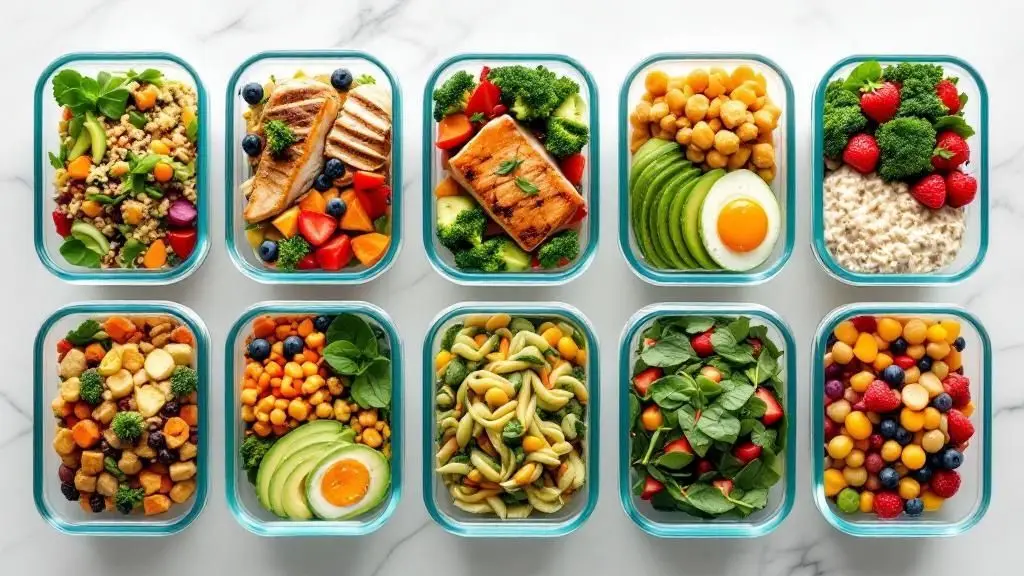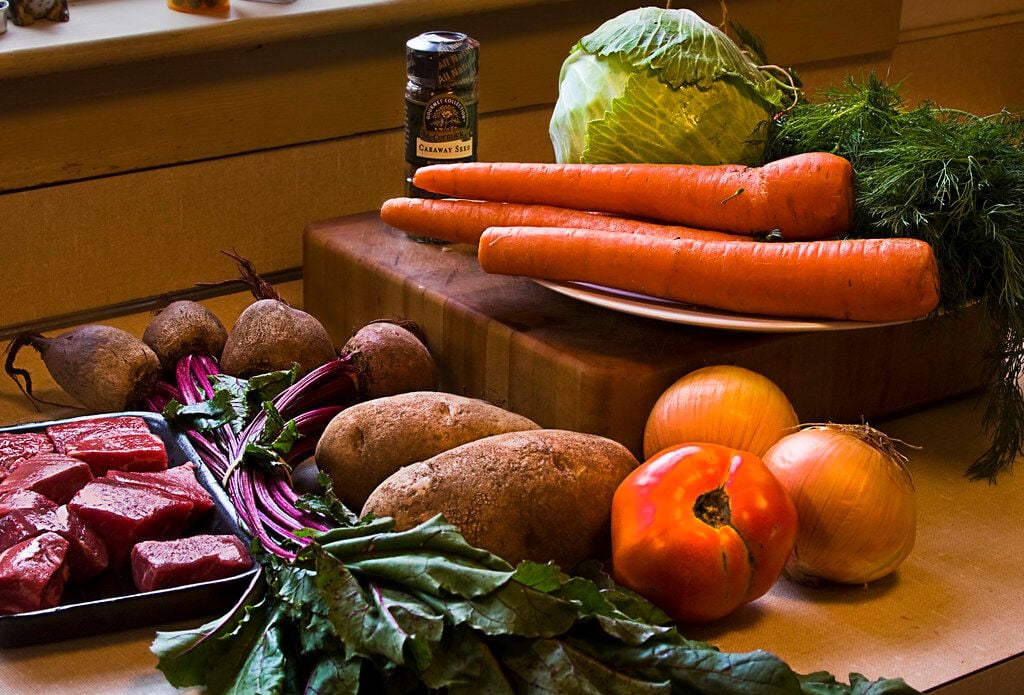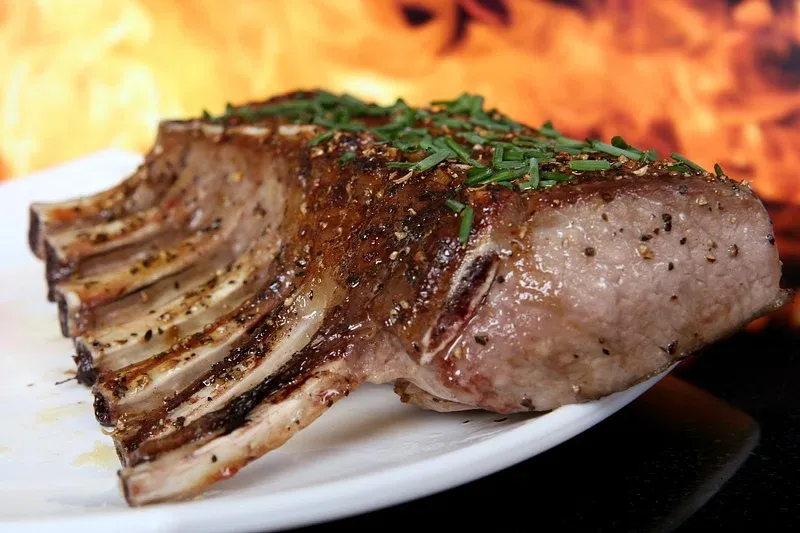
Making Potatoes Last: The Essential Storage Guide
- Apr 24, 2024
Potatoes can be transformed into countless delicious dishes, from a smooth mash to delectable latkes to soft, pillowy gnocchi, and they are favored by many because of their durability. According to Rob Sweatman, The Little Potato Company’s Executive Vice President of Operations and Agriculture, proper storage can help extend the longevity of this versatile vegetable. He shares invaluable tips on how to optimally store potatoes, maximizing their freshness.
The ideal storage environment for potatoes is cool, dry, and dark with minimal exposure to light. For most households, that place is likely the pantry but remember to place them centrally to avoid them being overlooked in the depths of the cupboard.
Storage spots to steer clear of include the refrigerator and areas under the sink. Storing potatoes in a moist environment can trigger premature sprouting. The refrigerator could lead to the conversion of starches in potatoes to sugars, resulting in an undesirable gritty, sweet texture. The chill of the refrigerator can, moreover, boost levels of acrylamide, a chemical that's been linked to certain cancers, according to data from the U.S. Food and Drug Administration (FDA).
Another crucial storage tip is to segregate your potatoes and onions, as the two combined can lead to spoilage. This is mainly because onions emit ethylene gas that can hasten potato deterioration, and potatoes' high moisture content can make onions mushy.
Room temperature storage, if done properly, allows potatoes to retain their quality for one to two weeks. Good-quality potatoes should be firm to touch, should have a smooth skin, and be free from discolouration or bruising.
Signs that your potatoes are turning bad can be visible discoloration. In such scenarios, the potatoes should be composted or thrown away. A significant indicator of potato decay is a greenish hue, which will result in a bitter taste. Another sign to watch out for is internal dark spots, which also signal decay.
While potatoes sprouting 'eyes' might look alarming, they can still be safely cooked after removing the sprouts. However, Sweatman advises cooking potatoes before the sprouting process begins to maximize their nutrition. These sprouts occur when potatoes are stored in warm areas or exposed to moisture.
To avoid bruising, don’t leave your potatoes to roll around in the pantry. For storing them, use breathable storage types, like paper bags, baskets or cardboard boxes. Sweatman emphasizes, "Potatoes need to breathe to stay healthy and fresh, so ensure the bag allows proper airflow."






